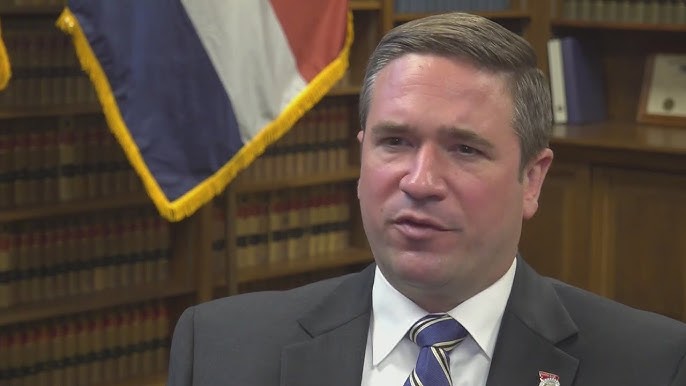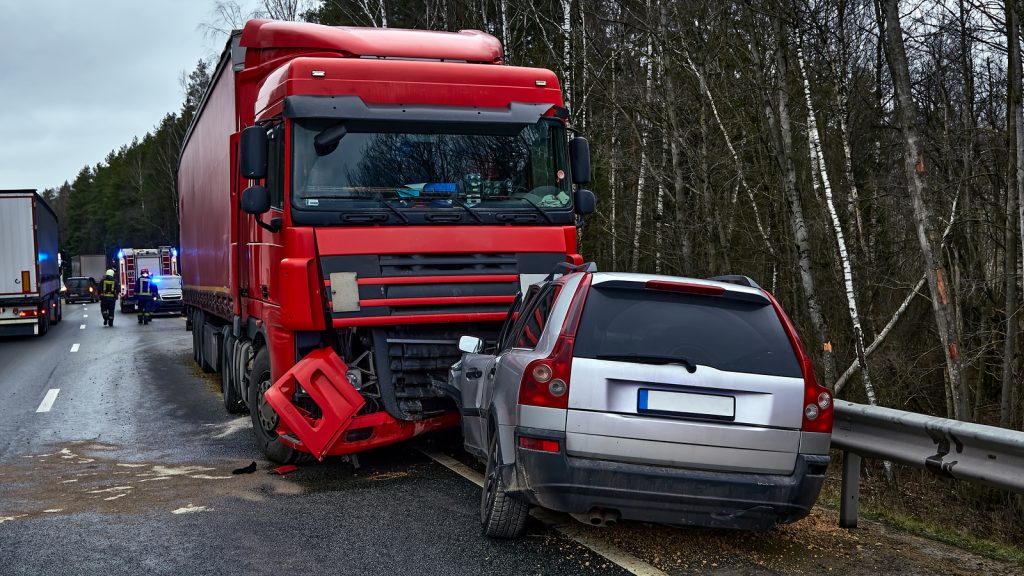Pedestrian Safety in Urban Areas: Reducing the Risk of Accidents
Introduction:
Urban areas are bustling hubs of activity, characterized by dense populations, heavy traffic, and complex infrastructure. In such environments, pedestrians are particularly vulnerable to accidents and injuries due to the interplay of various factors such as vehicle congestion, distracted driving, inadequate infrastructure, and pedestrian behavior. Enhancing pedestrian safety is therefore paramount to creating livable, sustainable cities where individuals can move about safely and freely. This article explores the challenges and solutions associated with pedestrian safety in urban areas, aiming to reduce the risk of accidents and create safer streets for all.
Understanding the Challenges:
Pedestrian safety in urban areas is influenced by a myriad of factors, many of which stem from the design and function of the built environment. High traffic volumes, speeding vehicles, narrow sidewalks, lack of crosswalks, poorly lit intersections, and inadequate signage are just a few of the challenges that pedestrians face on a daily basis. Additionally, factors such as distracted driving, aggressive behavior, and disregard for traffic laws further exacerbate the risk of accidents and injuries.
One of the primary challenges in urban pedestrian safety is the dominance of motorized vehicles and the prioritization of vehicle flow over pedestrian needs. Streets are often designed with a focus on accommodating vehicular traffic, relegating pedestrians to the margins and creating inhospitable environments for walking. This imbalance not only undermines pedestrian safety but also contributes to sedentary lifestyles, social isolation, and environmental degradation.
Furthermore, the proliferation of technology, including smartphones and other handheld devices, has introduced new distractions that compromise pedestrian safety. Distracted walking, characterized by individuals engrossed in their devices while navigating urban streets, increases the likelihood of accidents and collisions with vehicles, cyclists, and other pedestrians. Addressing these challenges requires a multifaceted approach that combines infrastructure improvements, policy interventions, public awareness campaigns, and community engagement efforts.
In addition to the challenges mentioned, urban pedestrian safety is also influenced by the behavior and habits of both pedestrians and drivers. Pedestrians may engage in risky behaviors such as jaywalking, crossing streets against signals, or walking while intoxicated, putting themselves at greater risk of accidents. Similarly, drivers may exhibit aggressive driving behaviors, such as speeding, running red lights, or failing to yield to pedestrians, further heightening the danger on urban streets.
READ ALSO: Emergency Response Protocols
Furthermore, disparities in access to safe pedestrian infrastructure can exacerbate safety concerns, particularly in underserved communities. Low-income neighborhoods and communities of color often lack adequate sidewalks, crosswalks, and pedestrian signals, forcing residents to navigate hazardous conditions on foot. This inequitable distribution of pedestrian infrastructure reinforces social inequalities and disproportionately exposes marginalized populations to the risk of accidents and injuries.
The design of urban spaces also plays a significant role in pedestrian safety. Wide roads with high-speed limits, sprawling intersections, and lack of pedestrian-friendly amenities create environments that prioritize vehicular traffic over pedestrian needs. As a result, pedestrians may feel unsafe or unwelcome in these areas, leading to reduced walking rates and increased reliance on cars for transportation.
To address these challenges and enhance pedestrian safety in urban areas, comprehensive solutions are needed that address the root causes of pedestrian accidents and injuries. This includes:
- Improving Infrastructure: Investing in pedestrian infrastructure upgrades, such as wider sidewalks, marked crosswalks, pedestrian islands, raised medians, and traffic-calming measures, can create safer environments for pedestrians. Additionally, retrofitting existing streetscapes with pedestrian-friendly amenities, such as benches, lighting, and landscaping, can enhance the pedestrian experience and encourage walking as a mode of transportation.
- Enforcing Traffic Laws: Strict enforcement of traffic laws, including speed limits, yielding to pedestrians, and prohibiting distracted driving, is essential for promoting pedestrian safety. Increased police presence, automated speed enforcement, and public awareness campaigns can help deter dangerous driving behaviors and improve compliance with traffic regulations.
- Promoting Active Transportation: Encouraging walking, cycling, and other forms of active transportation can reduce reliance on cars and alleviate congestion on urban streets. Investing in pedestrian and bicycle infrastructure, such as bike lanes, bike-sharing programs, and pedestrian-friendly streetscapes, can make walking and cycling safer and more accessible options for urban residents.
- Educating and Raising Awareness: Public education campaigns aimed at both pedestrians and drivers can raise awareness about the importance of pedestrian safety and promote responsible behaviors on the road. These campaigns can emphasize the need for mutual respect, cooperation, and vigilance among all road users to create safer streets for everyone.
- 5. Addressing Equity: Ensuring equitable access to safe pedestrian infrastructure is essential for promoting social equity and addressing disparities in pedestrian safety. Targeted investments in underserved communities, along with community engagement and participatory planning processes, can help prioritize pedestrian safety in areas most in need of improvement.
By addressing these challenges and implementing comprehensive solutions, urban areas can create safer, more walkable environments that prioritize the well-being and safety of pedestrians. By fostering a culture of pedestrian safety and promoting active transportation, cities can create healthier, more sustainable communities where individuals can move about safely and freely.
Solutions for Enhancing Pedestrian Safety:
Improving pedestrian safety in urban areas requires a holistic approach that addresses the underlying factors contributing to accidents and injuries. Some key solutions include:
- Enhancing Infrastructure:
Investing in pedestrian-friendly infrastructure is essential for creating safer urban streets. This includes widening sidewalks, installing crosswalks with appropriate signage and signalization, adding pedestrian refuge islands, improving lighting at intersections and crosswalks, and implementing traffic calming measures such as speed bumps and raised crosswalks. By creating pedestrian-oriented spaces that prioritize safety and accessibility, cities can encourage walking as a mode of transportation and enhance overall urban livability.
- Implementing Traffic Management Measures:
Effective traffic management measures can help reduce the risk of accidents and conflicts between pedestrians and vehicles. This may involve implementing lower speed limits in pedestrian-dense areas, introducing traffic calming measures such as chicanes and curb extensions, and enforcing traffic laws to deter dangerous driving behaviors. Additionally, initiatives such as pedestrian-only zones, car-free days, and road closures for special events can create safe, pedestrian-friendly environments that promote walking and active transportation.
- Promoting Public Awareness and Education:
Raising public awareness about pedestrian safety is crucial for fostering a culture of shared responsibility and respect among all road users. Public education campaigns can highlight the importance of obeying traffic laws, staying alert and vigilant while walking, avoiding distractions such as texting or using headphones, and practicing defensive walking techniques. Educational programs targeted at children, seniors, and other vulnerable populations can provide valuable information and resources to enhance pedestrian safety knowledge and behavior.
- Engaging Communities and Stakeholders:
Community engagement plays a vital role in identifying local concerns, priorities, and solutions for improving pedestrian safety. Engaging residents, business owners, advocacy groups, and other stakeholders in the planning and decision-making process fosters ownership and accountability for pedestrian safety initiatives. Participatory approaches such as community walk audits, workshops, and forums provide opportunities for meaningful dialogue, collaboration, and co-creation of solutions tailored to the unique needs of each neighborhood or district.
Conclusion:
Pedestrian safety in urban areas is a complex and multifaceted issue that requires collaborative efforts from various stakeholders to address effectively. By understanding the challenges and implementing targeted solutions, cities can create safer, more walkable environments where pedestrians can move about confidently and securely. Enhancing pedestrian safety not only improves public health, mobility, and quality of life but also contributes to the creation of more equitable, sustainable, and resilient urban communities for generations to come.






